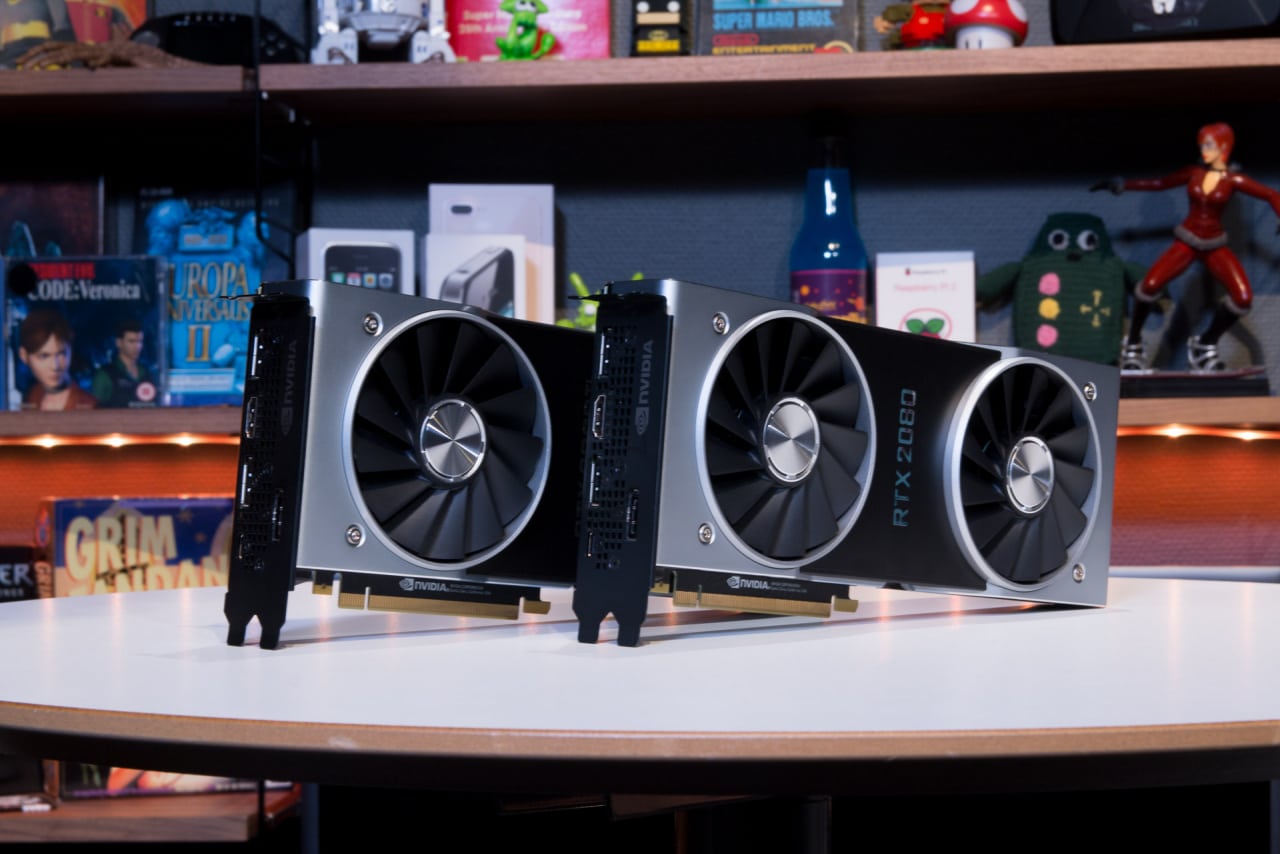For many years, Nvidia has applied the SLI solution for handling paired graphics cards. Rendering graphics across multiple graphics cards has then used a technology called Alternate Frame Rendering (AFR), where one graphics card renders smooth frames and another odd frames. This has been supplemented by Split Frame Rendering (SFR) where the graphics cards each render half of the image.
However, SLI and paired graphics cards have been toned down by both developers and graphics card manufacturers in recent years. The focus has shifted from companies’ drivers to being supported in developer interfaces such as DirectX and Vulkan in the form of multi-GPUs. However, Nvidia does not seem to have given up on the dream of increased performance via pairing as the company is working on a new old technology – Checkered Frame Rendering (CFR).
With CFR, images are divided into a network of small boxes, which are then distributed to several graphics cards. The advantage of the technology is that the graphics cards can better cooperate around the rendering of the small boxes, which leads to more efficient use of the calculation resources. This should also result in fewer small micro-breaks, so-called micro-stutter.
A user on the 3DCenter.org forum has discovered that CFR support is already implemented in Nvidia’s latest drivers. This feature is only available for graphics cards with the Turing architecture and requires that the graphics card be equipped with NVLink. However, the feature does not appear to be active, and developers can therefore not yet experiment with it.
The fact that CFR is in place nevertheless indicates that paired graphics cards may again become a feature of Nvidia in the near future.















